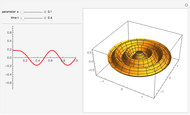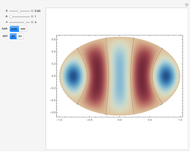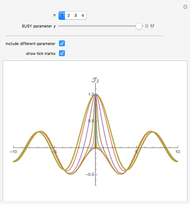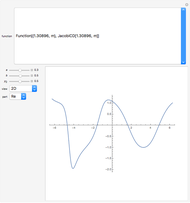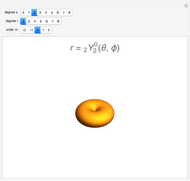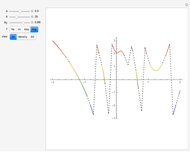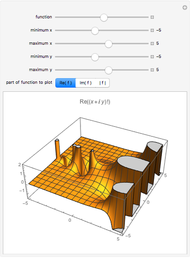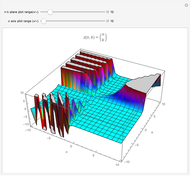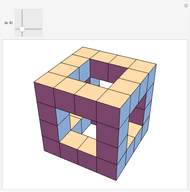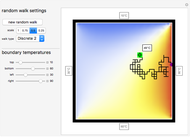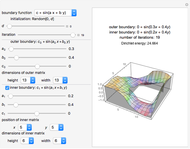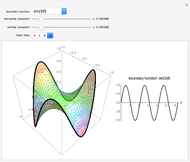Examples of 2D Harmonic Functions

Requires a Wolfram Notebook System
Interact on desktop, mobile and cloud with the free Wolfram Player or other Wolfram Language products.
A function  is harmonic on a domain
is harmonic on a domain  if it satisfies the Laplace equation
if it satisfies the Laplace equation  in the interior of
in the interior of  . A remarkable property of harmonic functions is that they are uniquely defined by their values on the boundary of
. A remarkable property of harmonic functions is that they are uniquely defined by their values on the boundary of  . Geometrically, this means that, given any smooth 3D curve defined on the boundary of
. Geometrically, this means that, given any smooth 3D curve defined on the boundary of  , there exists a unique harmonic surface (i.e. a surface
, there exists a unique harmonic surface (i.e. a surface  where
where  is harmonic) whose boundary is the given curve.
is harmonic) whose boundary is the given curve.
Contributed by: Baihe Duan (January 2019)
Based on: an undergraduate research project at the Illinois Geometry Lab by Yuheng Chang, Baihe Duan, Yirui Luo, Yitao Meng, Cameron Nachreiner and Yiyin Shen, directed by A. J. Hildebrand
Open content licensed under CC BY-NC-SA
Details
Specifying the Boundary Curve
Using polar coordinates, a closed curve defined on the boundary of the unit disk can be constructed using a function  that is periodic in
that is periodic in  . Therefore, specifying a boundary curve is equivalent to specifying such a periodic function
. Therefore, specifying a boundary curve is equivalent to specifying such a periodic function  . For the custom boundary function, a periodic Hermite interpolation of order 2 is used to match the given points (together with the points
. For the custom boundary function, a periodic Hermite interpolation of order 2 is used to match the given points (together with the points  and
and  ) to a piecewise polynomial function with period
) to a piecewise polynomial function with period  .
.
Computing the Harmonic Surface 
The values of  in the interior of
in the interior of  are computed by numerically solving the Laplace equation with the specified boundary condition.
are computed by numerically solving the Laplace equation with the specified boundary condition.
Snapshots
Permanent Citation








